Stir-fried sweet potatoes, a dish that blends simplicity with explosive flavor, have become a staple in kitchens worldwide. Whether you’re a seasoned home cook or a novice exploring the joys of vegetarian cooking, mastering this recipe can elevate your meals to new heights. Sweet potatoes, with their natural sweetness and versatility, transform when subjected to high heat and quick cooking techniques, resulting in tender interiors and crispy, caramelized edges. This article delves into the nuances of creating the ultimate stir-fried sweet potato dish, from selecting the right ingredients to perfecting your stir-fry technique.
Understanding the Star Ingredient: Sweet Potatoes
Sweet potatoes are not merely a side dish—they are a culinary chameleon. Available in varieties like garnet yams, Japanese white-fleshed sweet potatoes, and purple-skinned gems, each type offers a unique flavor profile and texture. For stir-frying, opt for varieties with a balance of starch and sugar. Starchier sweet potatoes (e.g., Japanese murasaki) hold their shape better during cooking, while sweeter ones (e.g., garnet yams) caramelize beautifully.
Key Tip: Always test the freshness of your sweet potatoes by gently pressing the skin—it should yield slightly but not feel mushy. Avoid specimens with wrinkled skin or soft spots, as these indicate age or spoilage.
Prepping Your Ingredients: The Foundation of Flavor
Stir-frying is a high-speed cooking method, leaving no room for last-minute prep. Before igniting your stove, ensure all ingredients are chopped, measured, and within arm’s reach.
-
Cutting Technique:
Uniformity is paramount. Slice sweet potatoes into matchsticks (julienne) or thin rounds, aiming for ¼-inch thickness. This ensures even cooking and maximizes surface area for caramelization.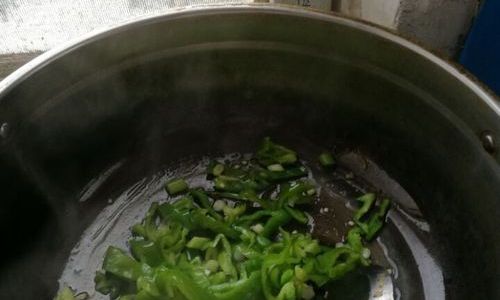
- Pro Tip: Use a mandoline slicer for precision, but a sharp knife works equally well with practice.
-
Soaking (Optional but Recommended):
Soak sliced sweet potatoes in cold water for 15–20 minutes. This removes excess starch, preventing clumping and promoting crispiness. Drain and pat dry thoroughly before cooking. -
Aromatics and Add-Ins:
Elevate your dish with complementary flavors:- Aromatics: Minced garlic, ginger, or shallots add depth.
- Vegetables: Bell peppers, snap peas, or carrots introduce color and crunch.
- Proteins: Tofu, tempeh, or edamame transform this into a hearty main course.
- Heat: Fresh chili peppers or a dash of chili oil provide a subtle kick.
The Stir-Fry Process: Heat, Motion, and Timing
Stir-frying is a dance of fire and finesse. Master these steps for restaurant-quality results:
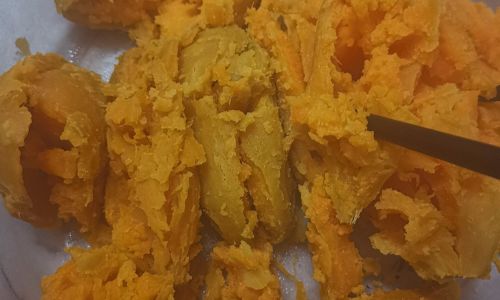
-
Wok vs. Skillet:
A carbon-steel wok is ideal for its ability to retain and distribute heat evenly. However, a large cast-iron or stainless-steel skillet works admirably. Ensure your pan is screaming hot before adding oil—this prevents sticking and sears ingredients quickly. -
Oil Selection:
Use an oil with a high smoke point, such as peanut, avocado, or grapeseed oil. Avoid olive oil, which can burn at high temperatures. For added flavor, infuse oil with a teaspoon of toasted sesame oil just before serving. -
Cooking in Batches:
Overcrowding the pan leads to steaming, not stir-frying. Cook sweet potatoes in a single layer, stirring occasionally, until golden-brown edges appear (3–4 minutes). Remove and repeat with remaining batches.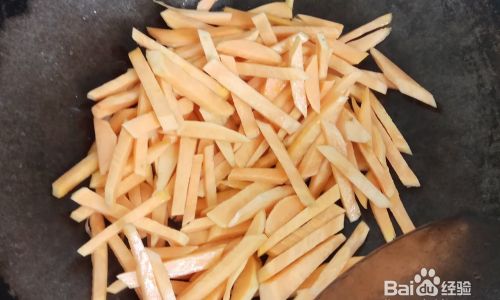
-
Building Flavor Layers:
- Sear First: Cook sweet potatoes until caramelized, then set aside.
- Sauté Aromatics: In the same pan, cook garlic and ginger until fragrant (30 seconds).
- Add Vegetables/Proteins: Stir-fry until tender-crisp.
- Reunite: Return sweet potatoes to the pan and toss gently.
-
Sauce Magic:
A well-balanced sauce ties the dish together. Whisk together:- 2 tbsp soy sauce (or tamari for gluten-free)
- 1 tbsp rice vinegar
- 1 tbsp honey or maple syrup
- 1 tsp cornstarch (optional, for thickening)
Pour the sauce into the pan during the final minute of cooking, stirring until glossy.
Achieving Perfect Caramelization
Caramelization is the holy grail of stir-fried sweet potatoes. Here’s how to nail it:
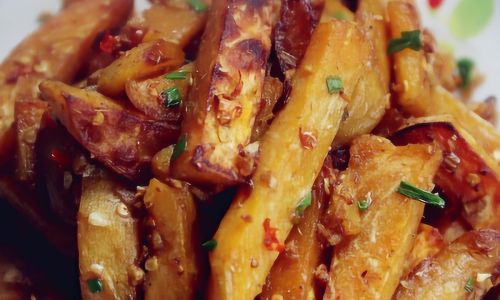
- High Heat: Maintain medium-high to high heat throughout cooking. Lower temperatures result in steaming, not browning.
- Patience: Allow sweet potatoes to sit undisturbed for 1–2 minutes between stirs. This encourages Maillard browning.
- Butter Boost: For extra richness, add a pat of butter or coconut oil during the final minute of cooking. The milk solids aid in browning.
Troubleshooting Common Pitfalls
- Mushy Texture: Overcooking or insufficient drying after soaking. Ensure slices are patted dry and cooked in batches.
- Uneven Browning: Inconsistent pan heat or overcrowding. Use a heavy-bottomed pan and cook in layers.
- Bland Flavor: Under-seasoning. Taste and adjust with salt, pepper, or a splash of lime juice before serving.
Serving Suggestions and Pairings
Stir-fried sweet potatoes shine as:
- A Side Dish: Pair with grilled meats, fried rice, or noodles.
- A Main Course: Toss with quinoa, kale, and avocado for a nutrient-packed bowl.
- A Topping: Sprinkle over salads, tacos, or buddha bowls.
Garnish Ideas:
- Toasted sesame seeds
- Fresh cilantro or basil
- Chopped scallions
- A drizzle of sriracha or lime wedges
Health Benefits: More Than Just Delicious
Beyond their delectable taste, sweet potatoes are nutritional powerhouses. Rich in fiber, vitamin A, and antioxidants, they support immune function, digestion, and eye health. Stir-frying preserves more nutrients than boiling, making this dish a guilt-free indulgence.
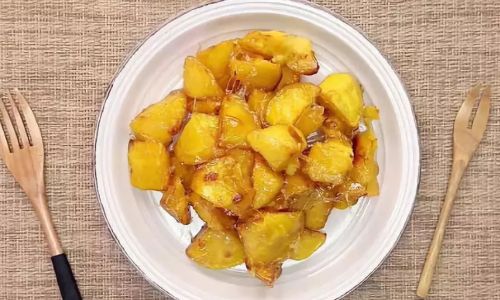
Variations to Explore
- Spicy Maple Glaze: Toss sweet potatoes in a mixture of maple syrup, sriracha, and smoked paprika before stir-frying.
- Coconut Curry: Add a spoonful of red curry paste and coconut milk during the final cooking stage.
- Lemon-Herb: Finish with a squeeze of lemon juice and a handful of chopped parsley or mint.
Conclusion: The Joy of Stir-Frying
Stir-fried sweet potatoes are a testament to the magic of simplicity. With minimal ingredients and technique, you can create a dish that tantalizes the senses and nourishes the body. Whether you’re a purist savoring the natural sweetness of caramelized sweet potatoes or an adventurer experimenting with global flavors, this recipe invites creativity. So grab your wok, crank up the heat, and let the sizzle begin—your taste buds will thank you.
Final Tip: Practice makes perfect. Don’t be discouraged by a few under-caramelized batches. With each attempt, you’ll refine your instincts for heat, timing, and seasoning. Before long, you’ll be the go-to source for stir-fry wisdom in your circle. Happy cooking!
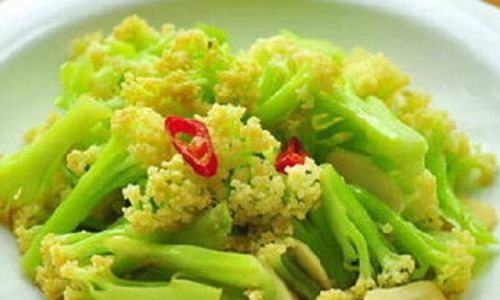

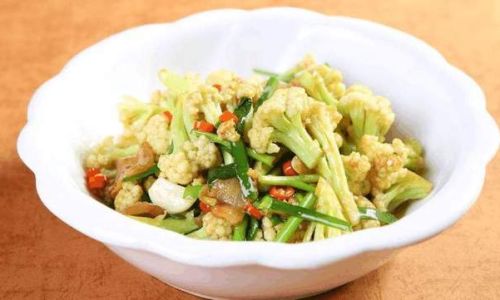
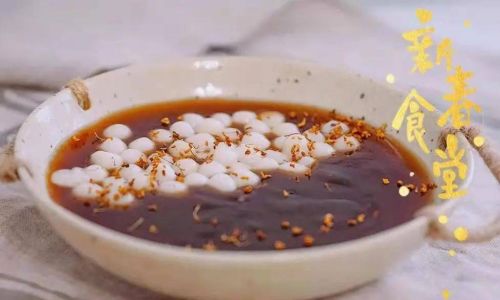

0 comments